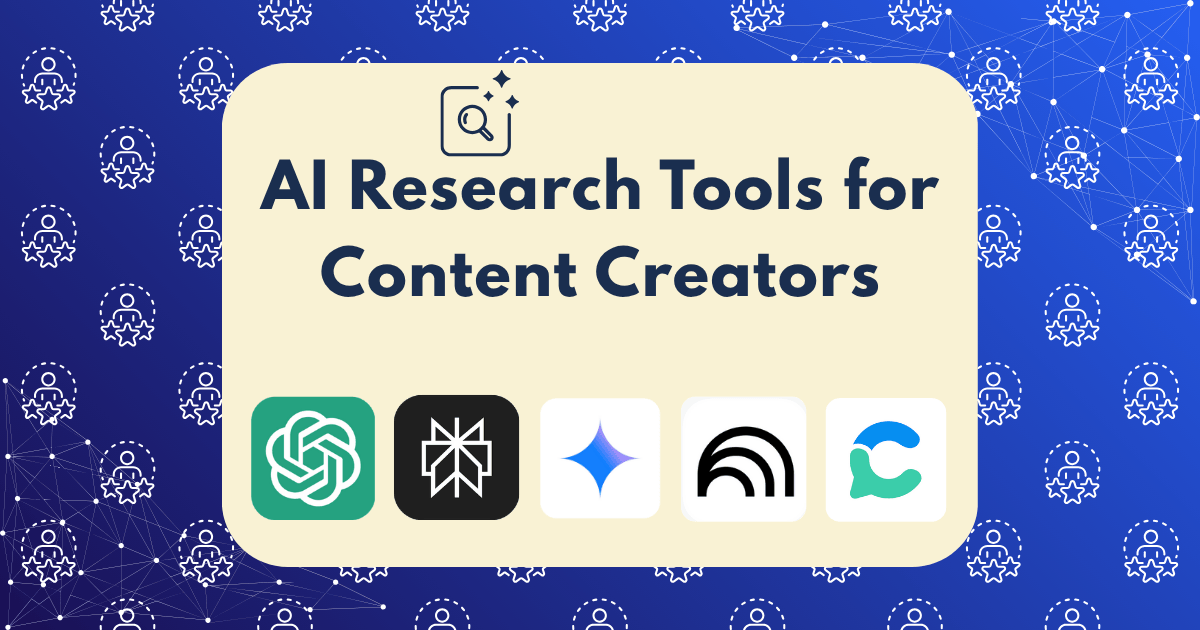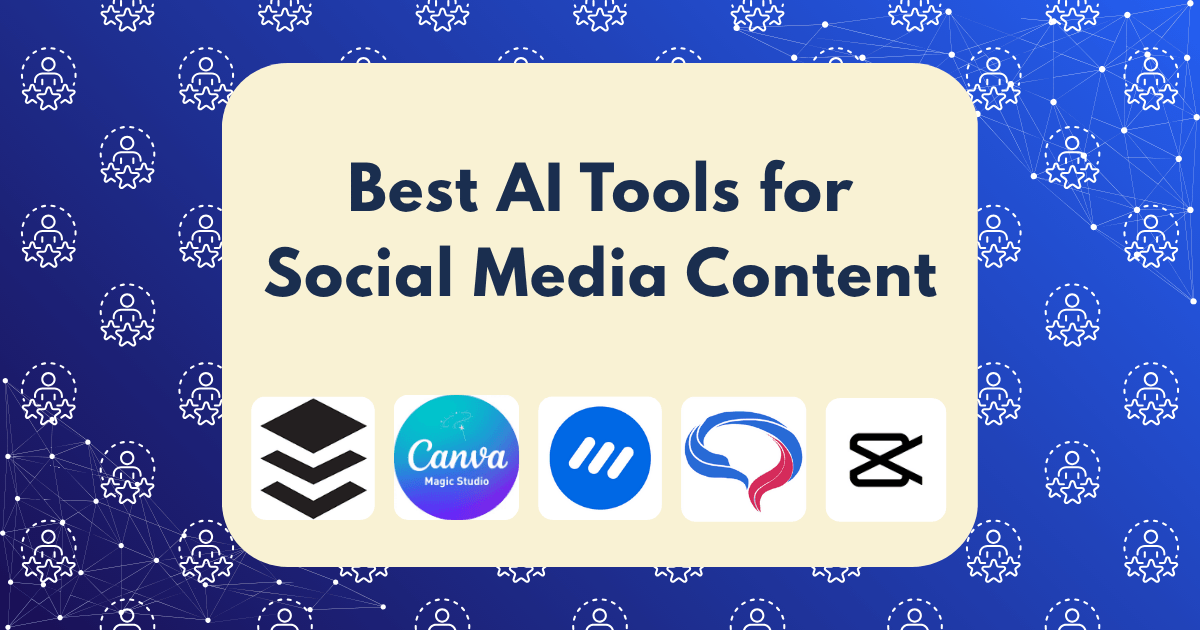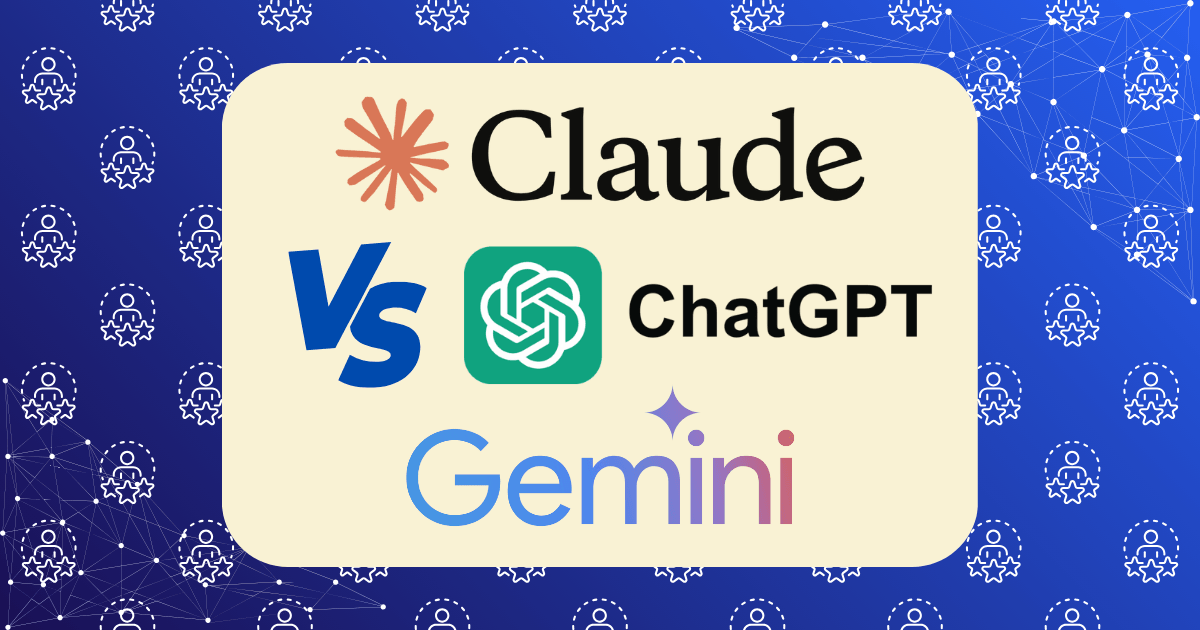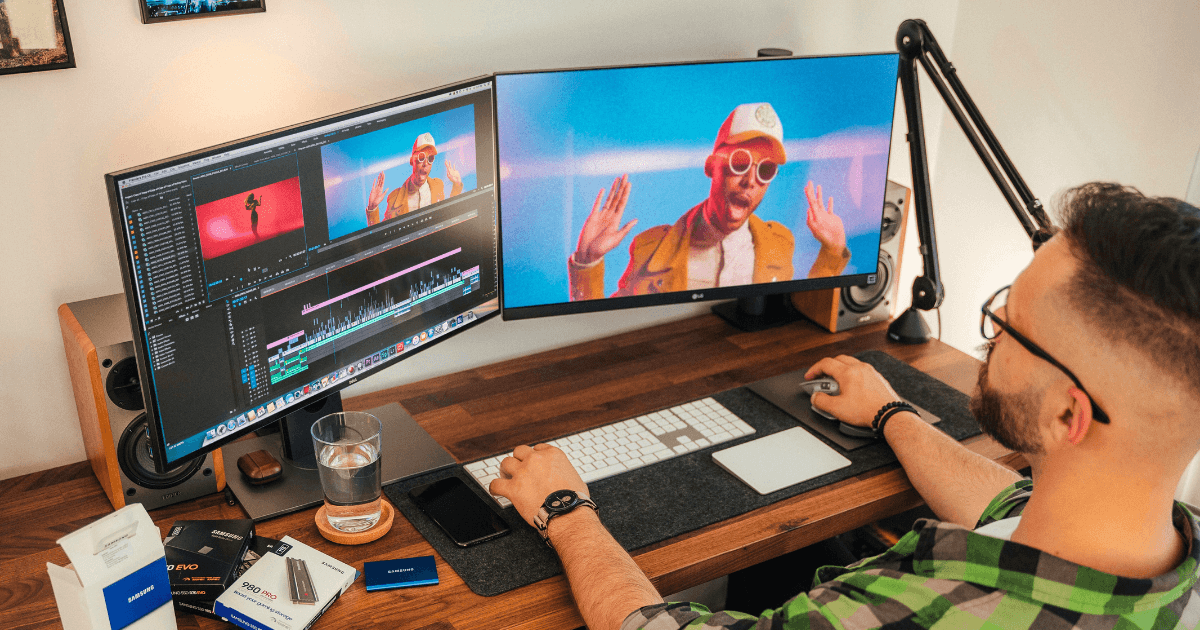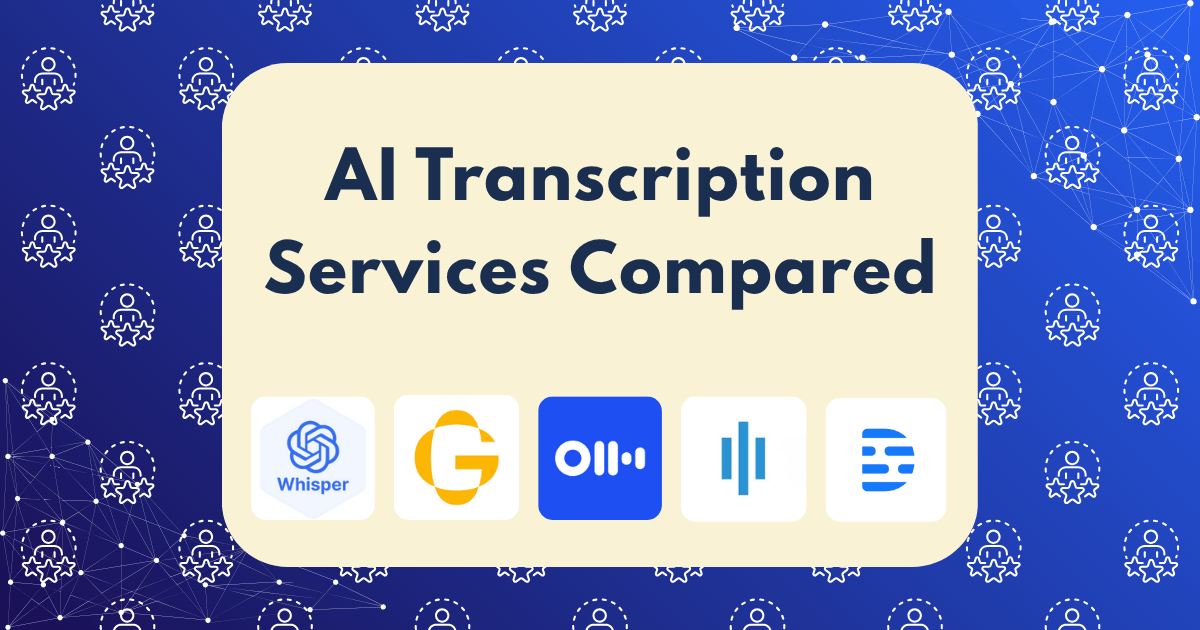Focus Tools Comparison: 5 Productivity Apps That Helped Me Stay on Task
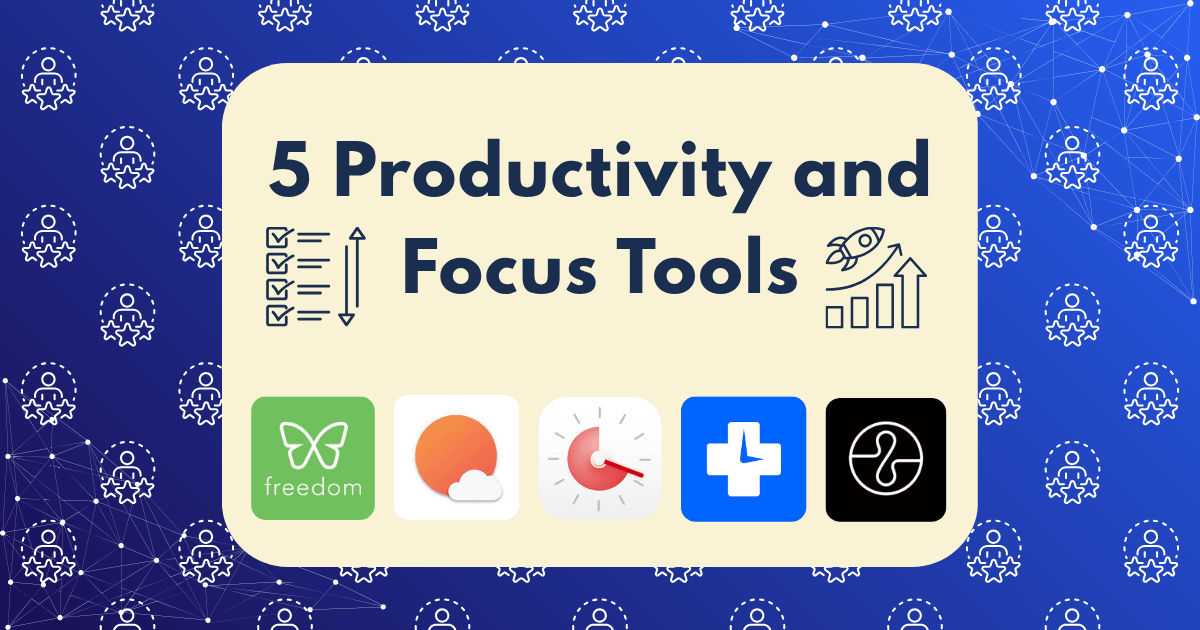
In a world designed to fragment our attention, maintaining focus has become a rare and valuable skill. As someone building an online business, I’ve experienced firsthand how the ability to concentrate deeply on important work directly impacts my bottom line. Yet the irony isn’t lost on me that we’re now turning to digital tools to solve a problem largely created by digital distraction.
After watching my productivity gradually erode over the past few years, I decided to conduct a systematic experiment: testing the most promising focus tools over a three-month period to determine which actually delivered measurable improvements. Not just in feeling more productive, but in completing meaningful work that moved my business forward.
This isn’t just another list of popular apps—it’s a practical comparison based on real results from someone whose livelihood depends on sustained focus and productivity. Here are the five tools that genuinely transformed my ability to stay on task, ranked by their impact on my output.
The Focus Challenge: What We’re Really Fighting Against
Before diving into the solutions, it’s worth understanding the problem. According to research from the University of California, it takes an average of 23 minutes to fully regain focus after an interruption. Yet most of us experience interruptions every 6-12 minutes during our workday.
This creates a devastating math problem: we’re being interrupted more frequently than our recovery time, putting us in a perpetual state of partial attention. The result? Days that feel busy but produce little meaningful progress.
The tools that genuinely help must address one or more of these core challenges:
- Blocking external distractions
- Managing internal distractions (our wandering minds)
- Creating accountability structures
- Optimizing energy and attention cycles
Tool #1: Freedom — The Digital Bouncer
Impact Score: 9.5/10
Freedom takes a direct approach to the distraction problem: it simply blocks access to whatever you find distracting across all your devices simultaneously.
What Sets It Apart:
After trying numerous website blockers, Freedom distinguished itself through three key features:
- Cross-device synchronization: When I start a Freedom session, distractions are blocked on my laptop, phone, and tablet simultaneously—eliminating the temptation to “device hop” when focus gets challenging.
- Scheduled sessions: Rather than relying on willpower each day, I’ve scheduled recurring Freedom sessions that automatically activate during my deep work hours (8:00-11:30 AM and 2:00-4:30 PM).
- Locked mode: Once activated, sessions can’t be canceled—removing the negotiation with myself that inevitably happens when focus becomes difficult.
Results: Before implementing Freedom, I tracked my deep work time using RescueTime and averaged 1.7 hours of focused work daily. After one month of consistent Freedom sessions, this increased to 3.4 hours—a 100% improvement that directly translated to completing a major course creation project two weeks ahead of schedule.
Potential Drawbacks: The locked mode can occasionally create problems when legitimate work requires accessing a blocked site. I’ve learned to carefully curate my blocklists and keep certain research tools accessible while blocking specific distracting features (like YouTube recommendations).
Price: $3.33/month (billed annually) or $8.99/month (billed monthly)
Tool #2: Sunsama — The Intentional Planner
Impact Score: 9/10
While many productivity tools focus exclusively on blocking distractions, Sunsama addresses a different aspect of the focus challenge: creating a realistic plan that prevents the overwhelm leading to procrastination and distraction.
What Sets It Apart:
Sunsama transformed my planning process through three key innovations:
- Time allocation visualization: Unlike traditional to-do lists, Sunsama forces you to estimate how long tasks will take and visualize them against your available hours—preventing the common trap of overcommitting.
- Daily ritual: The morning planning ritual guides you through prioritizing, time-blocking, and setting a realistic daily intention—creating a psychological commitment to focused execution.
- Integration ecosystem: Sunsama pulls tasks from email, project management tools, and calendars into a single interface, eliminating the productivity-killing habit of constantly switching between apps.
Results: Prior to using Sunsama, I completed approximately 65% of my planned tasks each day. After implementing Sunsama’s planning ritual for one month, my completion rate increased to 87%—and more importantly, these were the highest-impact tasks rather than easy wins.
The clarity provided by Sunsama’s planning process eliminated the decision fatigue that often led to distraction. When I sit down to work, I know exactly what I should be doing and how long I’ve allocated for it.
Potential Drawbacks: The $20/month price point is higher than many productivity tools, and the morning planning ritual adds about 15 minutes to your startup routine. However, this investment consistently pays dividends in focused execution throughout the day.
Price: $20/month or $192/year
Tool #3: Session — Time Boxing with Accountability
Impact Score: 8.5/10
Session combines the proven Pomodoro technique with distraction blocking and subtle accountability features that have made it my go-to tool for maintaining momentum throughout the day.
What Sets It Apart:
Session elevated the basic Pomodoro timer through several thoughtful features:
- Integrated distraction blocking: When a session begins, distracting websites and apps are automatically blocked—removing the need for a separate blocking tool during focused work periods.
- Session labeling and analytics: Each focus session is labeled by project and task, building a searchable database of where your time actually goes versus where you think it goes.
- Subtle social accountability: The optional “working with” feature shows others who are currently in session, creating a psychological commitment similar to working in a library or coffee shop.
Results: Session helped me identify a pattern I hadn’t recognized: my focus typically deteriorated after 2-3 hours of deep work, regardless of breaks. This insight allowed me to restructure my day, front-loading creative tasks requiring intense focus and scheduling administrative work for later periods.
After implementing this pattern-aligned schedule, I increased my content production from 3 articles per week to 5, without working additional hours.
Potential Drawbacks: The rigid structure of timed sessions doesn’t work well for all types of work. I found it excellent for content creation and data analysis but less helpful for creative brainstorming or strategic planning, which often benefit from a more fluid approach.
Price: Free for basic use, Pro version starts at $4.99/month
Tool #4: RescueTime — The Awareness Builder
Impact Score: 8/10
Unlike tools that actively block distractions, RescueTime takes a different approach: building awareness of how you actually spend your time versus how you think you spend it—often revealing a startling gap.
What Sets It Apart:
RescueTime provided insights that other tools missed:
- Automatic activity tracking: Rather than requiring manual input, RescueTime silently monitors which applications and websites you use, categorizing them by productivity level.
- Focus sessions: Beyond passive tracking, RescueTime’s Focus Sessions feature combines distraction blocking with automatic status updates (to Slack, email, etc.) to protect your focus time.
- Weekly reports and trends: The detailed weekly reports identify patterns invisible in day-to-day work, such as which days consistently show higher productivity or how context switching increases during certain projects.
Results: The most valuable insight from RescueTime was discovering that my productivity followed a clear weekly pattern: Mondays and Thursdays showed consistently higher focus scores, while Wednesdays were routinely my most distracted days.
By restructuring my week to schedule creative work on high-focus days and meetings/administrative tasks on Wednesdays, I increased my weekly output by approximately 20% without working longer hours.
Potential Drawbacks: The awareness RescueTime provides is only valuable if you act on it. Initially, I found myself checking the dashboard frequently without making substantive changes—essentially creating another distraction. The real benefits came from weekly review and adjustment rather than real-time monitoring.
Price: Free limited version, Premium at $12/month or $78/year
Tool #5: Endel — Focus-Optimized Soundscapes
Impact Score: 7.5/10
Endel takes a completely different approach to the focus challenge by addressing the often-overlooked auditory environment. Using algorithmic soundscapes personalized to your circadian rhythm, location, and activity, it creates an audio environment scientifically designed to enhance concentration.
What Sets It Apart:
Endel differentiated itself from typical focus music through several unique features:
- Personalized soundscapes: Rather than generic playlists, Endel generates adaptive sound environments based on your circadian rhythm, heart rate (if connected to wearables), and current activity.
- Science-based design: Developed in collaboration with neuroscientists, Endel’s sound technology is specifically engineered to mask distracting noises while enhancing focus through non-distracting audio patterns.
- Context-specific modes: Different sound modes for deep work, relaxation, and sleep create clear auditory transitions between different mental states throughout the day.
Results: As someone who works in varied environments—from home office to coffee shops to co-working spaces—Endel provided a consistent auditory environment that signaled “focus time” regardless of my physical location.
The most surprising benefit came when tracking my deep work sessions: those accompanied by Endel’s Focus soundscapes averaged 47minutes before a break, compared to 32 minutes with conventional music or silence.
Potential Drawbacks: The effectiveness varied significantly based on the type of work. Endel provided substantial benefits for writing and analytical tasks but proved less helpful (sometimes even distracting) during creative brainstorming sessions that benefited from more varied stimulation.
Price: $5.99/month or $49.99/year
Integration Strategy: Creating a Focus System
While each tool provided benefits independently, the most dramatic improvements came from integrating them into a comprehensive focus system:
- Morning planning ritual with Sunsama (15 minutes)
- Deep work blocks protected by Freedom and enhanced by Endel (90-120 minutes)
- Structured breaks between sessions (15-20 minutes)
- Weekly review of RescueTime data to identify patterns and adjust accordingly
This integrated approach increased my focused work time from under 2 hours per day to consistently over 4 hours—effectively doubling my productive output without extending my workday.
Beyond Tools: The Psychology of Focus
Throughout this experiment, I discovered that even the best tools can’t create focus—they can only create conditions conducive to focus. The internal work remains essential:
1. Clarity of Purpose
Tools amplify focus but don’t create it. Each focused session needs a clear, specific objective—not just “work on project X” but “complete outline for section3of project X.”
2. Energy Management
The apps that blocked distractions proved ineffective when I was physically exhausted or mentally drained. Scheduling focused work during your personal high-energy periods dramatically increases effectiveness.
3. Psychological Safety
Paradoxically, knowing I had scheduled breaks and “distraction time” later in the day made it easier to fully commit to focused sessions. The tools that allowed for this balanced approach proved most sustainable.
Which Tool Is Right for You?
Based on my experience, here’s a quick guide to which tool might best address your specific focus challenges:
- If you struggle with digital distractions: Start with Freedom
- If you feel overwhelmed by too many tasks: Sunsama will provide the most immediate relief
- If you have trouble maintaining momentum: Session’s timed approach creates helpful structure
- If you’re not sure where your time goes: RescueTime will provide the awareness you need
- If your work environment is noisy or distracting: Endel creates a portable focus environment
The ROI of Better Focus
For those building online businesses or pursuing knowledge work careers, the return on investment from improved focus is substantial. In my case, doubling my focused work time directly translated to:
- Completing a course creation project two weeks ahead of schedule
- Increasing content production by 67% without working longer hours
- Reducing stress and decision fatigue through clearer daily structure
While the combined cost of these tools approaches $40/month, the productivity gains have generated thousands of dollars in additional revenue through increased output and faster project completion.
Conclusion: Tools as Focus Partners
The most valuable insight from this experiment wasn’t about specific features or apps—it was recognizing that focus tools work best when viewed as partners rather than solutions. They create the conditions for focus, but the actual work of concentrating remains fundamentally human.
The tools that proved most effective weren’t those with the most features or slickest interfaces, but those that worked with my natural attention patterns rather than imposing artificial structures.
If you’re struggling with focus in today’s distraction-rich environment, I encourage you to experiment systematically. Start with one tool addressing your most significant focus challenge, establish consistent usage for at least two weeks, and measure the results before adding additional tools.
The ability to focus deeply isn’t just a productivity hack—it’s increasingly the defining skill that separates those who merely stay busy from those who create exceptional value in their work.
What focus challenges are you currently facing? Have you found particular tools or techniques that help you stay on task? I’d love to hear your experiences in the comments below.


